NGC457 and NGC436
Click image for full size version
December 30, 2016, Astronomy Magazine, May 2017
 This image shows a pair of pretty open clusters in Cassiopeia: NGC457 (towards upper right in the image), and the smaller NGC436 (lower left of image). NGC457 is about 7900 light years away and its age is estimated to be 21 million years. NGC436 is a little further away and a lot older, at 9,800 light years away and 85 million years old. NGC457 goes by the name of the Owl cluster, the Number 5 Cluster or the E.T. Cluster. It does look a bit like an alien from the movie, but to me the owl is more prominent. I can sort of see his wings more than half unfolded. I can see the 5 now that I know it’s there (tilt your head to the right while viewing the image at a quite small size), but I didn’t see it until it was pointed out to me.
This image shows a pair of pretty open clusters in Cassiopeia: NGC457 (towards upper right in the image), and the smaller NGC436 (lower left of image). NGC457 is about 7900 light years away and its age is estimated to be 21 million years. NGC436 is a little further away and a lot older, at 9,800 light years away and 85 million years old. NGC457 goes by the name of the Owl cluster, the Number 5 Cluster or the E.T. Cluster. It does look a bit like an alien from the movie, but to me the owl is more prominent. I can sort of see his wings more than half unfolded. I can see the 5 now that I know it’s there (tilt your head to the right while viewing the image at a quite small size), but I didn’t see it until it was pointed out to me.
The data for this image were acquired in September 2012, but I haven’t posted this image previously. The poor weather lately has given me a chance to go back to old, high-quality data and see what I can do with it.
Tekkies:
SBIG STL-11000M camera, Baader LRGB filters, 10″ f/3.6 ASA astrograph, MI-250 mount. Guided with STL-11000’s internal guider. Focusing with FocusMax. Acquistion, guiding, calibration, registration and integration all done using Maxim-DL. All other processing in PixInsight. Shot from my SkyShed in Guelph, Ontario. Gibbous moon. Below average transparency and average seeing.
5x5m of R, G and B (total 1hr15m).
RGB Creation
Creation and cleanup: ImageIntegration was used to make R, G and B masters, which were cropped and processed separately with DBE. R, G and B were combined to make an RGB image which was processed with BackgroundNeutralization. ColorCalibration was then applied.
Linear Noise Reduction: MultiscaleLinearTransform was used to reduce noise in the RGB file. Layer settings for threshold and strength: Layer 1: 3.0, 0.6 Layer 2: 2.0, 0.45 Layer 3: 1.5, 0.33 Layer 4: 1.0, 0.2.
Stretching: HistogramTransformation was applied to make a pleasing, yet bright, image.
Synthetic Luminance:
Creation and cleanup of SynthL: The cleaned up R, G and B masters were combined using the ImageIntegration tool (average, additive with scaling, noise evaluation, iterative K-sigma / biweight midvariance, no pixel rejection).
Linear Noise Reduction: MultiscaleLinearTransform was used to reduce noise in the background areas of the NB-RGB file. Layer settings for threshold and strength: Layer 1: 3.0, 0.6 Layer 2: 2.0, 0.45 Layer 3: 1.5, 0.33 Layer 4: 1.0, 0.2.
Stretching: HistogramTransformation was applied to make a pleasing, yet bright, image.
Noise Reduction and Re-Stretch: TGVDenoise was applied in Lab mode with 300 iterations with a range mask used to protect high signal areas. This was followed by a HistogramTransformation to raise the black point (but with no clipping).
Combining SynthL with RGB:
The processed SynthL was applied to the RGB image using LRGBCombine with default settings.
Additional Processing
Final Steps: Background and star brightness, contrast and saturation were adjusted in several iterations using Curves with masks as required.
Image scale is about 2.2 arcsec per pixel for this camera / telescope combination.

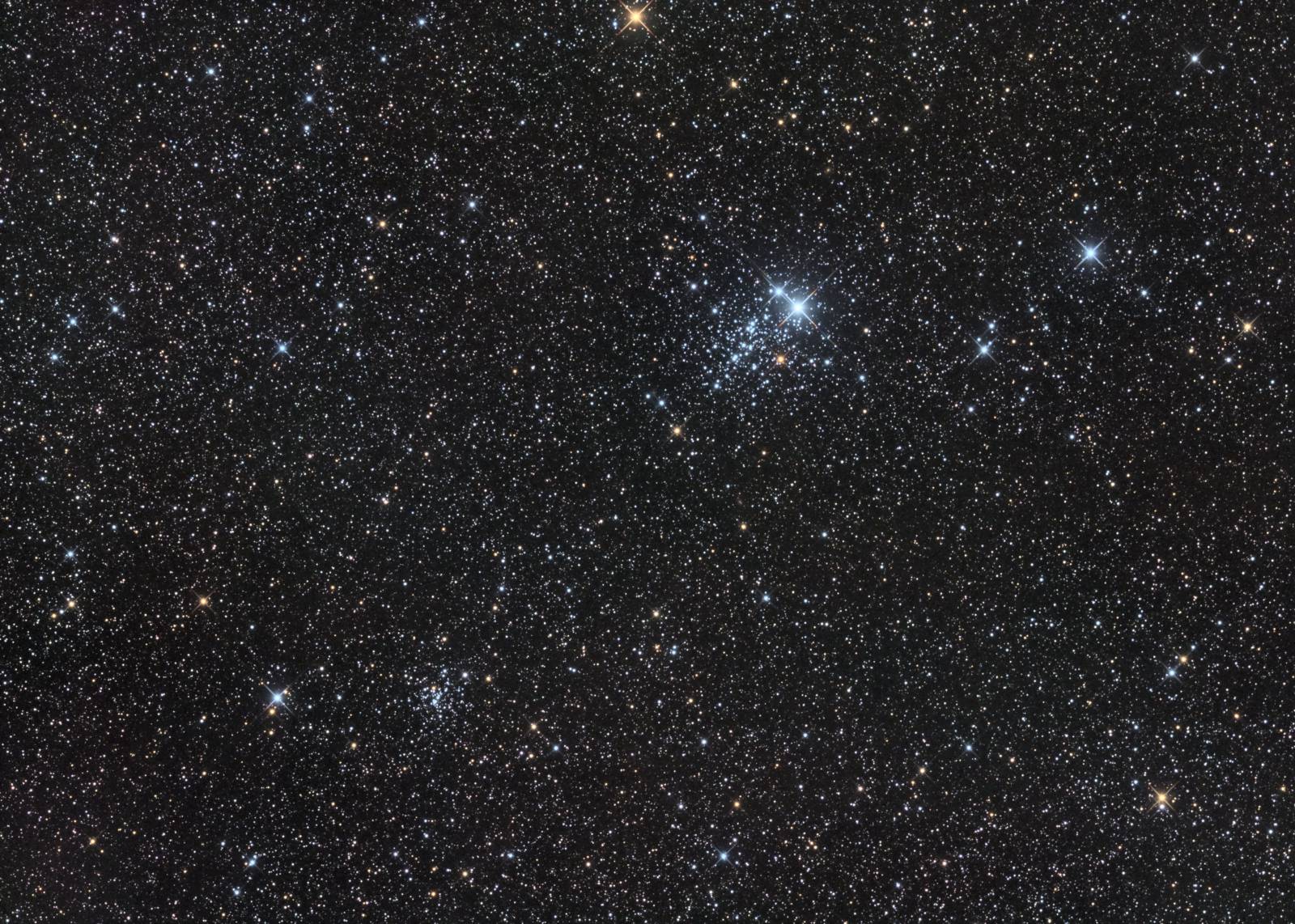
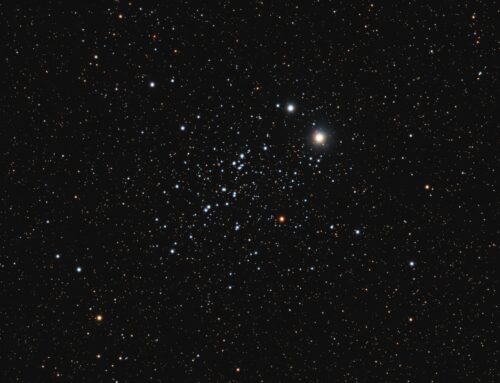
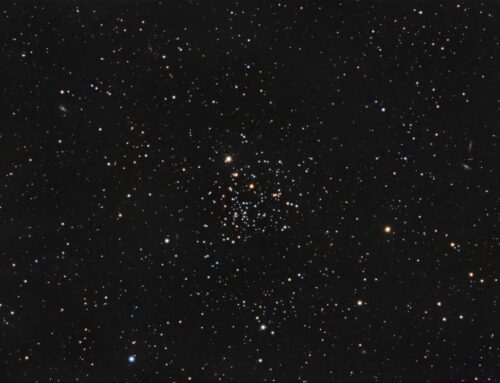

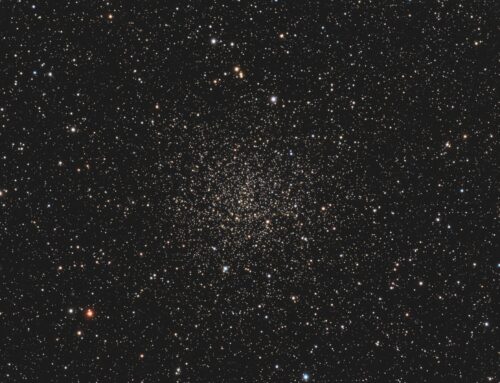
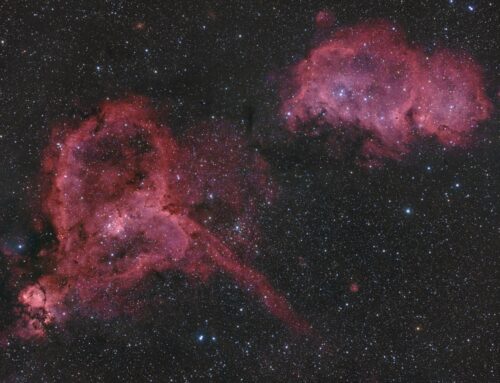
Leave A Comment